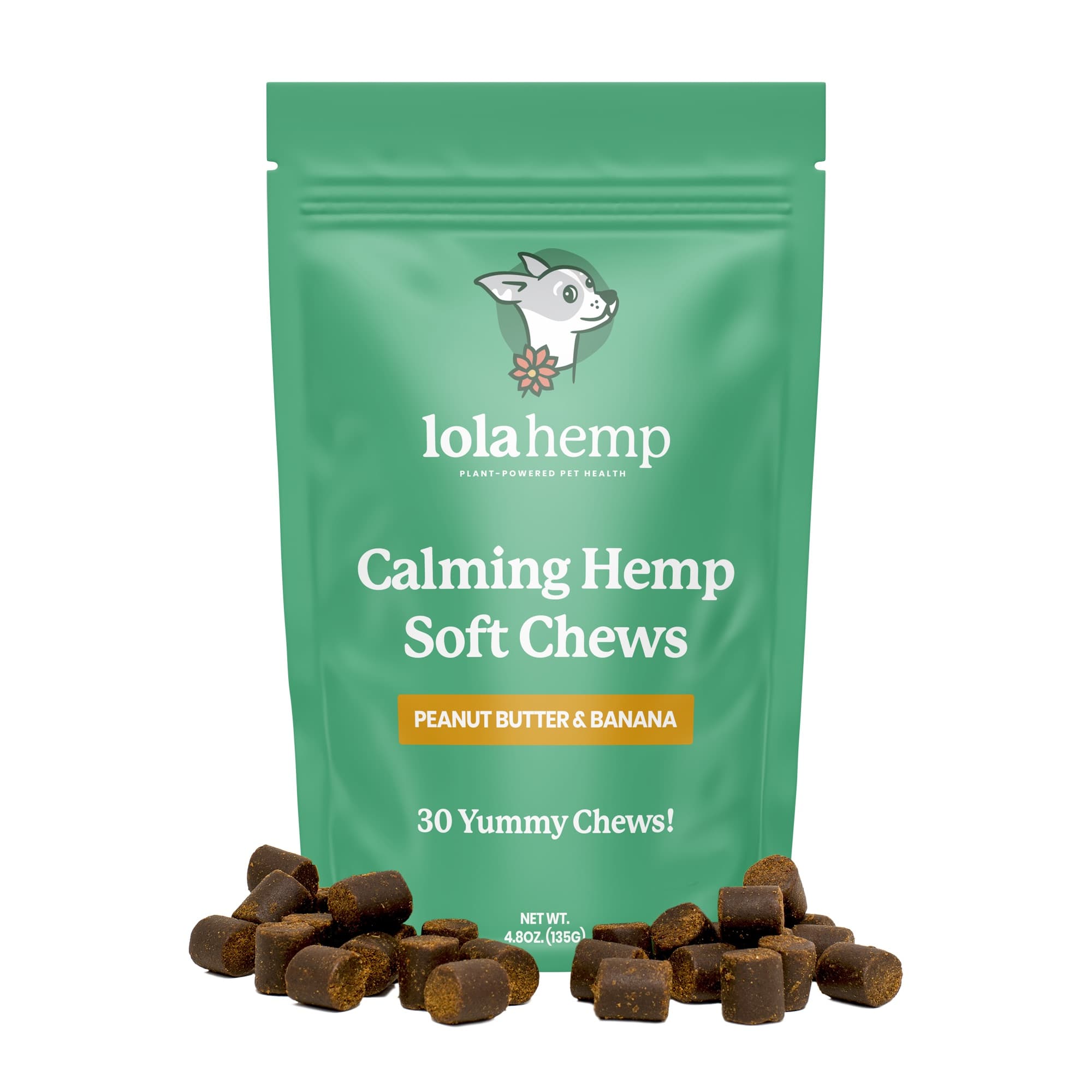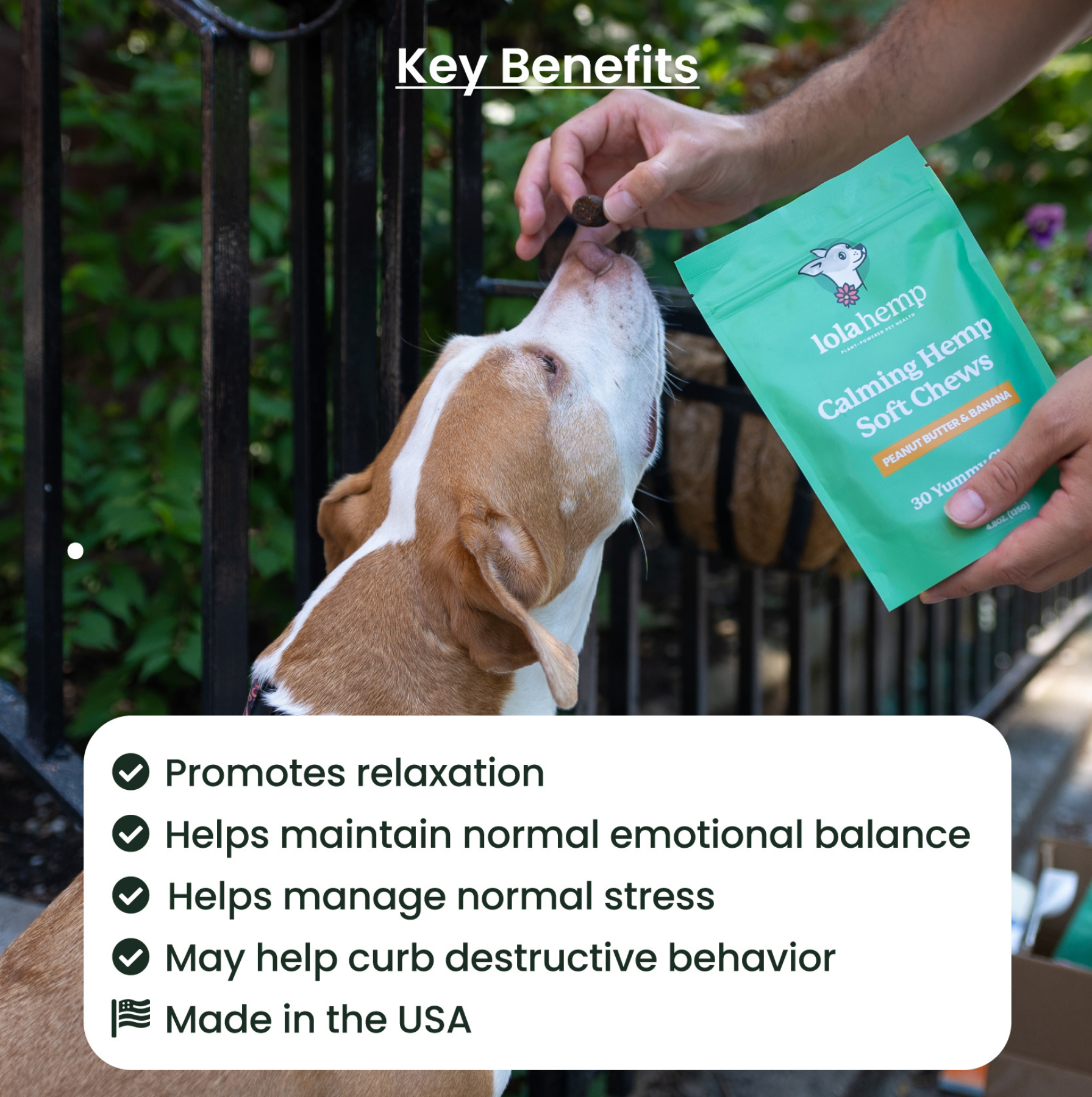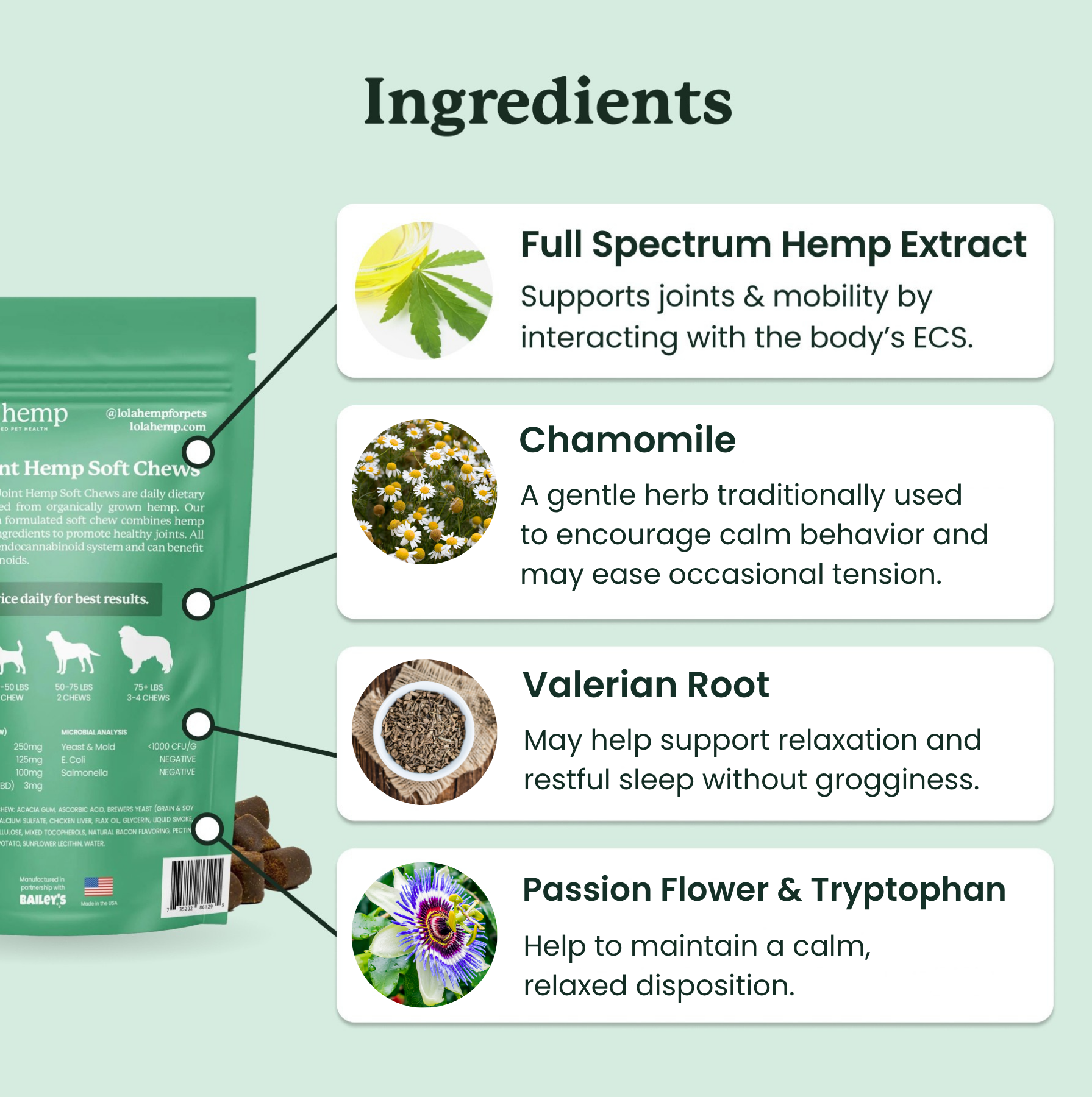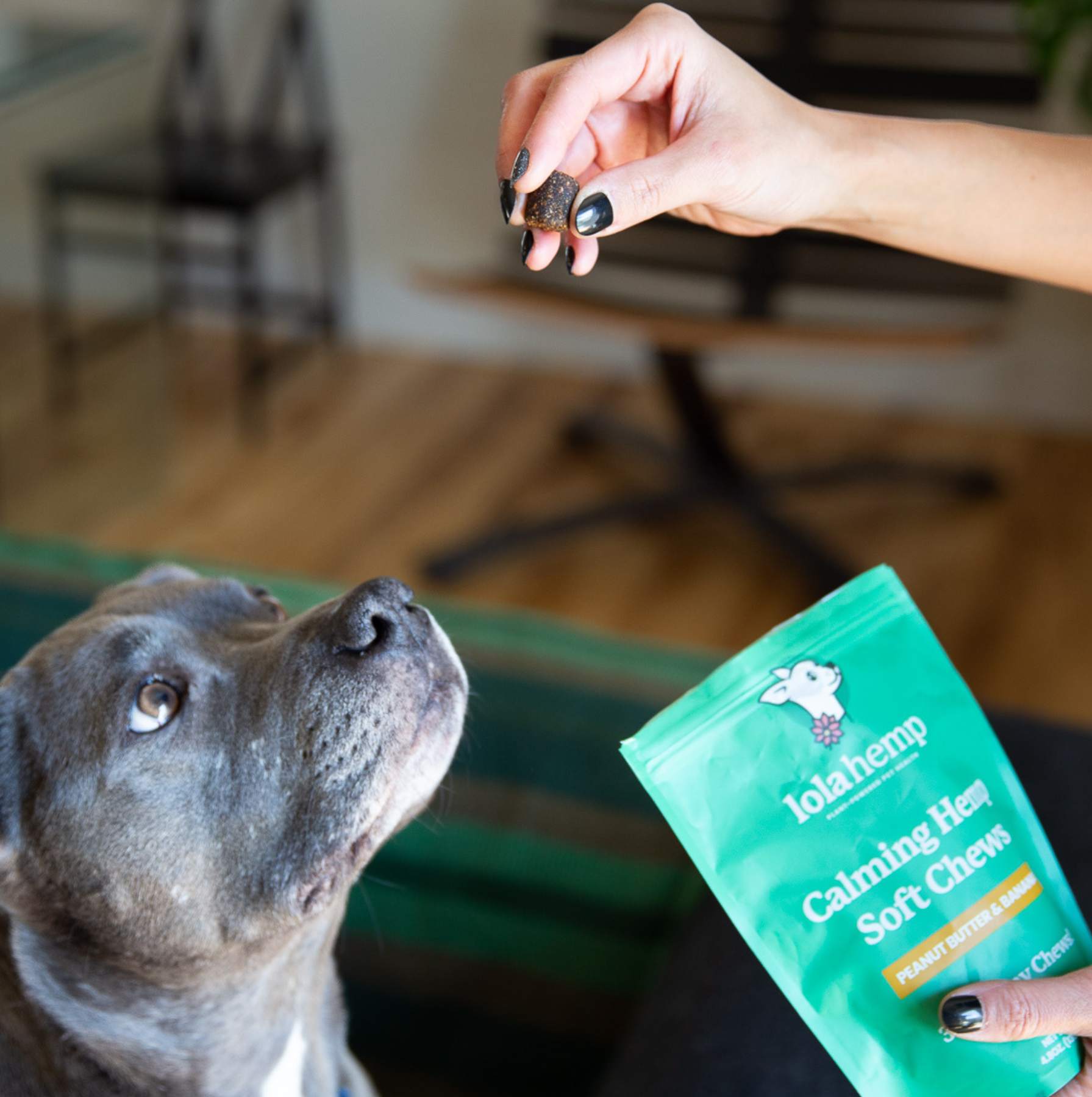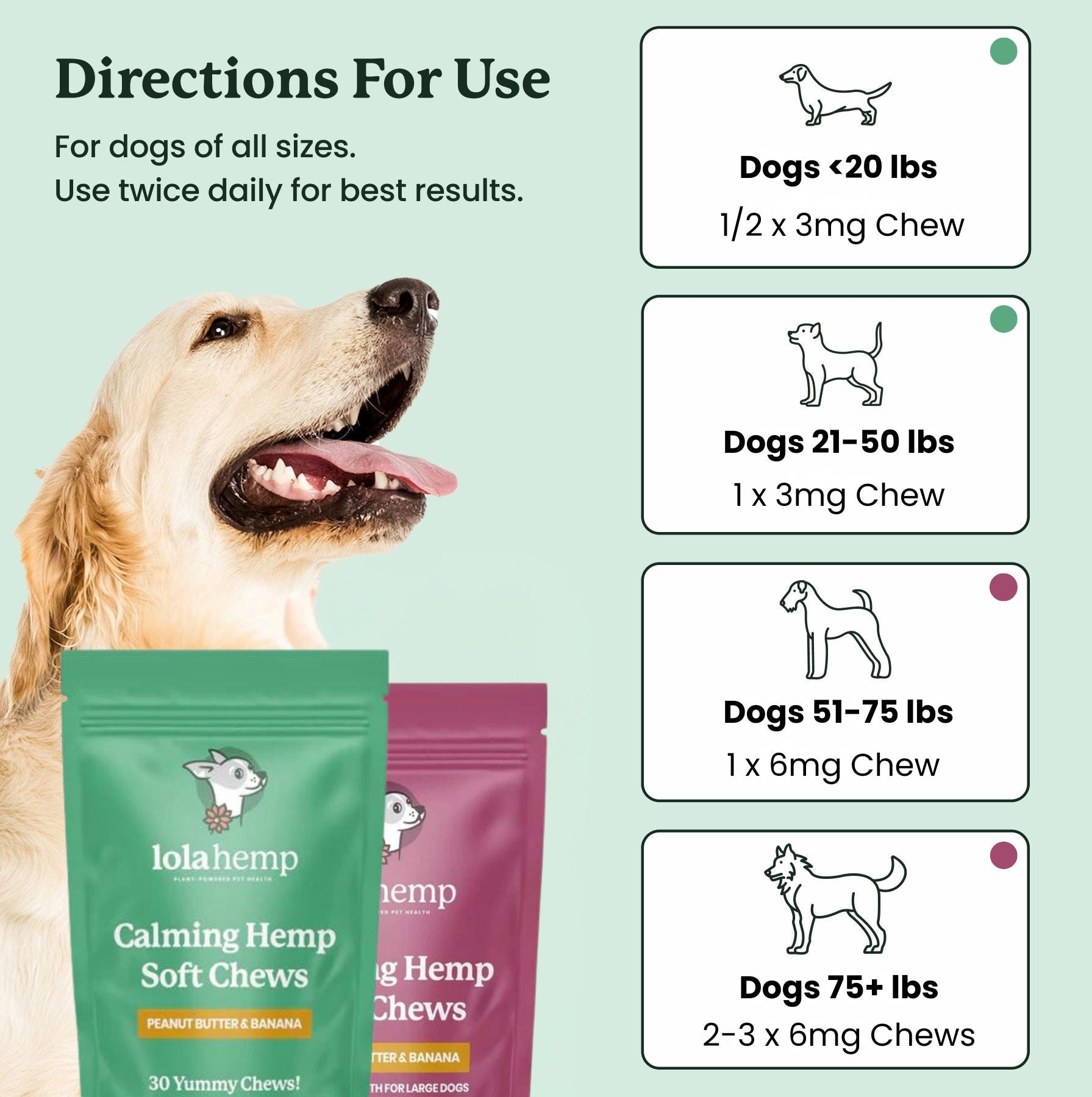Dogs in the Toy Group are small in size but historically significant, often bred for companionship, alertness, and even royal service. While they may be smaller than other dogs, they're still just as complex and wonderful.
Other dog breeds may have been bred for physical labor or specific jobs, but Toy Group dogs were primarily developed for close human interaction and personal companionship.
This article will explore the key characteristics, history, and needs of Toy Group breeds so that you can better understand their role and the responsibility of owning one.
What are Toy Breed Dogs?
Toy breeds are defined by their small stature and their original purpose: to serve as close companions to humans. They were commonly found in royal courts, monasteries, and homes where size and portability were preferred.
The King Charles Spaniel, for example, was first recorded in a painting of Queen Mary I and King Philip from the 16th century. The Pekingese was bred for Chinese royalty and regarded as sacred, while the Italian Greyhound was favored by nobility during the Renaissance for its elegance and charm.

Small toy breed dogs have been loved by all people, not just royal families throughout the ages. The benefits of toy breeds as companions are plain to see, especially for people of the past who may not have had access to a lot of additional food or resources.
Small dogs like Chihuahuas don't require as much food as larger dogs, and their tendency to bond with one person makes them much easier to keep track of.
Toy breeds are recognized by kennel clubs for their compact size, affectionate personalities, and adaptability to indoor living environments. They are not working dogs, but they are extremely loyal, people-oriented, and often more aware of their surroundings than they appear.
How Did Toy Dog Breeds Come to Be?
Images of small companion dogs have been seen in Egyptian tomb art made as early as 2,000 BCE, and other depictions are found in ancient Chinese dynasties, roman ruins, toltec imagery, and more.
Small, lovable dogs were quickly adopted by many ancient cultures, and they never left. It's not hard to tell why people brought small dogs into their lives - they're wonderful companions!
Many Toy breeds have long and traceable histories. Ancient paintings and sculptures reveal small companion dogs living alongside humans in cultures as far-reaching as Egypt, South America, China, and the Roman Empire. These dogs were bred intentionally to remain small, manageable, and easy to transport.
In Europe, breeds like the Cavalier King Charles Spaniel were developed to sit on laps and serve as foot warmers for aristocrats, while the Affenpinscher originated in Germany as a rat-catching companion that eventually became favored in the home for its size and personality.
Common Traits of Toy Group Dog Breeds
Toy breeds tend to be affectionate, alert, and highly attuned to their owners. Despite their size, many are brave and vocal, with strong opinions and a tendency to form deep attachments to one or two people.
Another great aspect of these dogs is that they can quickly adapt to almost any living environment so long as they're with their human. They don't require quite as much physical activity as larger dogs or breeds that were bred to perform specific roles.
That isn't to say that they don't require a lot of care, though. Toy breeds are friends and companions, and they deserve a healthy living environment with plenty of love.
- Small Size: Typically under 15 pounds, making them easy to travel with or carry.
- High Affection: Strong bonds with their primary caretakers.
- Alertness: Many Toy breeds are quick to alert their owners to unusual activity.
- Low Exercise Needs: While still playful, they generally require less space and exercise than working or sporting dogs.
- Sensitivity: Emotionally responsive and often vulnerable to loud environments or rough handling.
What Were Toy Group Dogs Bred For?
Unlike other groups bred for physical labor, toy breeds were selected over time to provide companionship, with a few side-effect benefits like warmth and comfort.
Many toy breeds were bred as offshoots from larger breeds with specific purposes. In many cases, the larger version's instincts and skills were passed down to the toy breed.

For example, Yorkshire Terriers are classified as a toy breed, but they were bred down from larger terriers whose purpose was to hunt and kill vermin, big and small. As a result, Yorkshire Terriers have been used historically to control rat and mice populations in factories, homes, and other communal areas.
- Lap Companions: Primarily bred for affection and warmth (e.g., Cavalier King Charles Spaniel).
- Status Symbols: Associated with nobility and wealth (e.g., Pekingese).
- Ratters: Originally served as vermin hunters in small homes (e.g., Yorkshire Terrier, Affenpinscher).
- Therapy and Comfort: Small size and calm temperament made them ideal emotional support dogs long before the term existed.
Do Toy Breed Dogs Have Common Health Issues?
Toy breeds may live longer than large breeds, but they face their own set of health concerns—many of which relate to their small size, delicate skeletal structure, and breeding history.
Dental issues are extremely common due to crowded teeth in small mouths. Many Toy breeds are also prone to luxating patella (slipping kneecap), tracheal collapse, and hypoglycemia, especially in puppies. Their small frames make them more susceptible to injury from falls or rough handling.
For example, a senior Yorkie may jump off of the sofa or bed and dislocate their hip or knee joint. Something that was once easy to them can become dangerous as they age. Wear and tear on their small joints can also lead to issues like arthritis if they aren't monitored.
Collapsed trachea causes what's commonly called a "honk" bark and a rough cough in small dogs. Toy breeds already have small airways, and many have a genetic predisposition to weaker tracheal cartilage, so any weakening of the windpipe can lead to collapsed trachea.
- Dental disease and tooth loss
- Luxating patella (kneecap instability)
- Tracheal collapse (leading to chronic cough)
- Hypoglycemia in puppies or underweight adults
- Heart conditions in older dogs (e.g., mitral valve disease in Cavaliers)
Many of these issues can be managed or prevented with regular veterinary care, careful handling, and proper nutrition. Dental cleanings and joint support supplements are especially important for long-term health.
Are Toy Dogs Good for Families?
Toy dogs can be excellent companions for families, singles, and seniors—but their suitability depends on the household. Some Toy breeds are fragile and may not do well with young children who play rough. They're not as resilient as large dogs, but may stick up for themselves if they're being pushed and prodded too forcefully.
Others are more sturdy and social, provided they receive the training and structure they need. There's a wide variety of toy dogs, so each has its own qualities that change its ability to live with families of different kinds.
At the same time, a well trained and socialized toy breed dog is almost always an excellent family member.
- Pros: Portable, affectionate, low shedding, suitable for apartments
- Cons: Fragile, may be vocal, prone to separation anxiety if not trained early
If you’re looking for a loyal indoor companion with a big personality in a small body, a Toy breed may be the right fit—especially if you can commit to gentle handling, regular dental care, and plenty of personal interaction. Toy dogs shouldn't be left alone for long stretches, as their social breeding makes it essential for them to have some form of companionship.
Notable Toy Group Breeds
- Pomeranian
- Yorkshire Terrier
- Shih Tzu
- Chihuahua
- Cavalier King Charles Spaniel
- Pekingese
- Japanese Chin
- Papillon
- Maltese
- Affenpinscher
Final Thoughts
Toy group dogs, as you know if you've ever met one, are lovable and exciting little pets. They have big personalities despite their small stature, and they can make an incredible impression on your life.
Their little bodies require some additional care and concern from owners, mainly to keep them safe, but they will no doubt do their best to keep up with you and your family, even if you have a few big dogs for them to run with!

